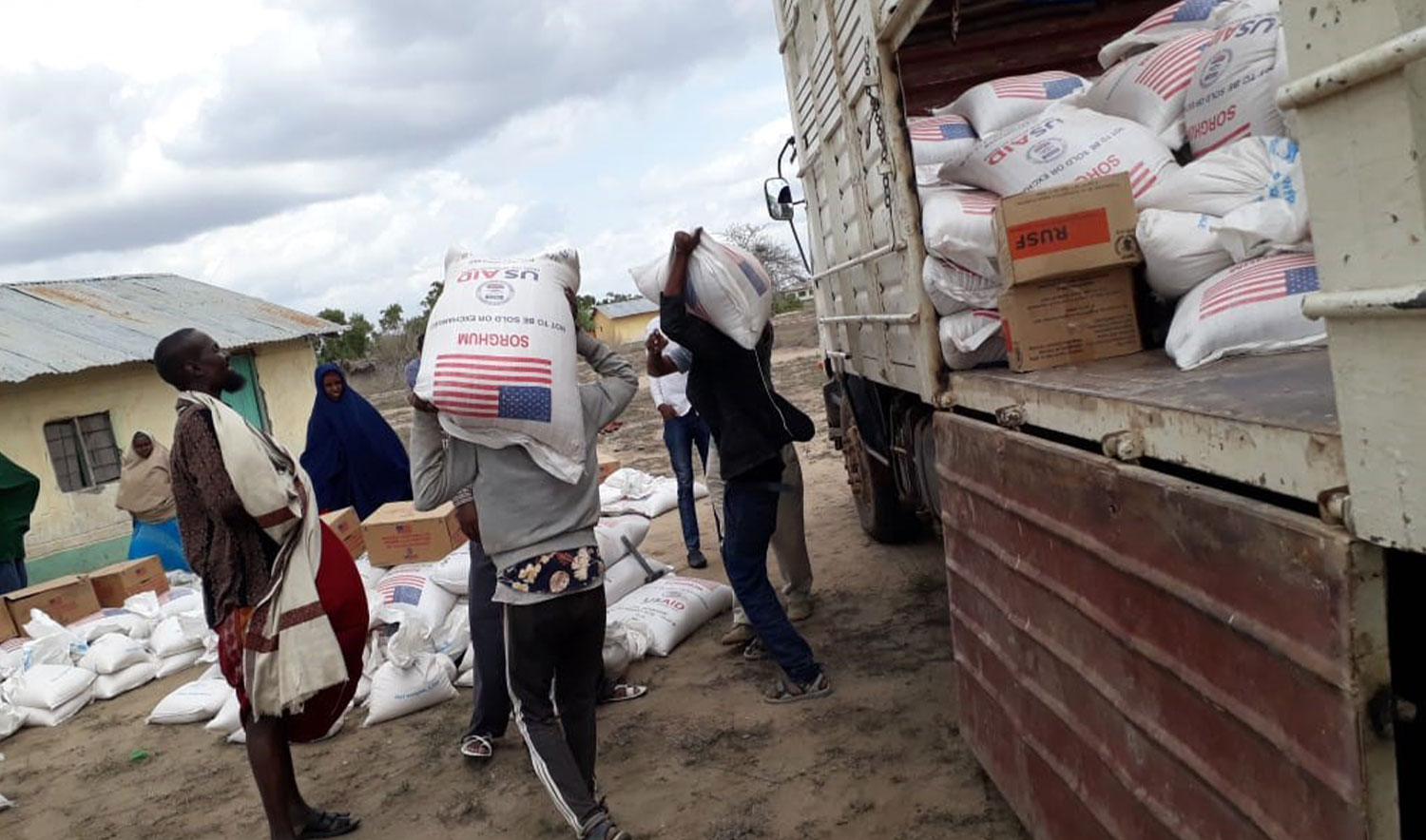Environment, Natural Resources Management (NRM) and Energy Access Programme
"Conserving our environment through restoration and promotion of access to sustainable energy"

"Conserving our environment through restoration and promotion of access to sustainable energy"

The physical processes of land degradation and climate change are intimately inter-twined, especially in drylands. Land degradation reduces natural vegetation cover, and affects productivity of crops, livestock and wildlife. These problems are compounded by shrinking resources, unsustainable land use practices, invasive alien species and resource-based conflicts. In the North Eastern region, the existence of Dadaab refugee camps over the years has put considerable strain on environment and natural resources of the surrounding areas, mainly associated with harvesting of firewood, cutting down of trees in search of wooden poles for construction and fencing off of the compound, as well as shrubs for fencing compounds. As a result, since 1990s, refugee-hosting area has continued to experience a general trend of environmental degradation, thus significantly impacting on pasture, and the stability of the rangeland.
Further, habitat degradation, poaching, as well as competition with livestock and disease have continued to threaten the existence of major wildlife that have called the savannahs home to their existence. The Hirola antelopes for example, which are found only in Kenya and Somalia, and considered the world’s most endangered antelopes have continued to experience historic decline in numbers. Previous programmes aimed at reviving the numbers of this animal have been futile, largely due to lack of funds as well as insecurity in the Northern Frontier.
Further, lack of access to clean cooking fuels and technologies has had significant negative impacts on the environments in most parts of North Eastern Kenya, as well as coastal parts of the country. Firewood collection, which is the most harvested resource around the area to supply the refugee camps has led to a major reduction of large areas of land to scrub. Total annual combined amount of firewood consumed within the refugee centers and the host community living within a radius of 10km has been estimated at 138.000 t./yr, thus making Dadaab one of the largest and most concentrated focus of wood energy consumption in the region.
To mitigate these challenges, RRDO has been working in parts of the North Eastern region, including Dadaab and Lagdera sub-counties of Garissa county, as well as in Tana River, Lamu and Kilifi counties to support environment & natural resource restorative initiatives. Specific focus of the organization’s environmental and NRM interventions are aimed at rehabilitating and improving the productivity of the natural resources and supporting other productive systems such as establishment of tree nurseries; distribution of tree seedlings as well as planting and management of trees in community areas; rehabilitation of degraded sites; reforestation/afforestation and establishment of greenbelts among others. In efforts to respond to the energy for cooking challenge, the organization has run different efforts some of which include: firewood supply, promotion of fuel efficient clean cooking technologies e.g improved cook stoves.
RRDO has also started intervening in the animal conservation front, primarily focused on the protection of endangered hirola antelope. The overall goal is to attain positive population growth of this endangered animal, by attempting to address response measures such as in-situ conservation as well as creation of awareness and communication among other known drivers and limiting factors, while identifying other emerging threats. RRDO will be working closely with major stakeholders in the sector including Kenya Wildlife Services (KWS), the county government of Garissa, Northern Rangelands Trust (NRT) as well as the community. In addition, the organization has also been working with key stakeholders to promote the rights of donkeys, which continue to be abused both in the region, as well as across the country, in order to create a countywide sense of care, protection, trade and breeding of the animal.
Adding {{itemName}} to cart
Added {{itemName}} to cart